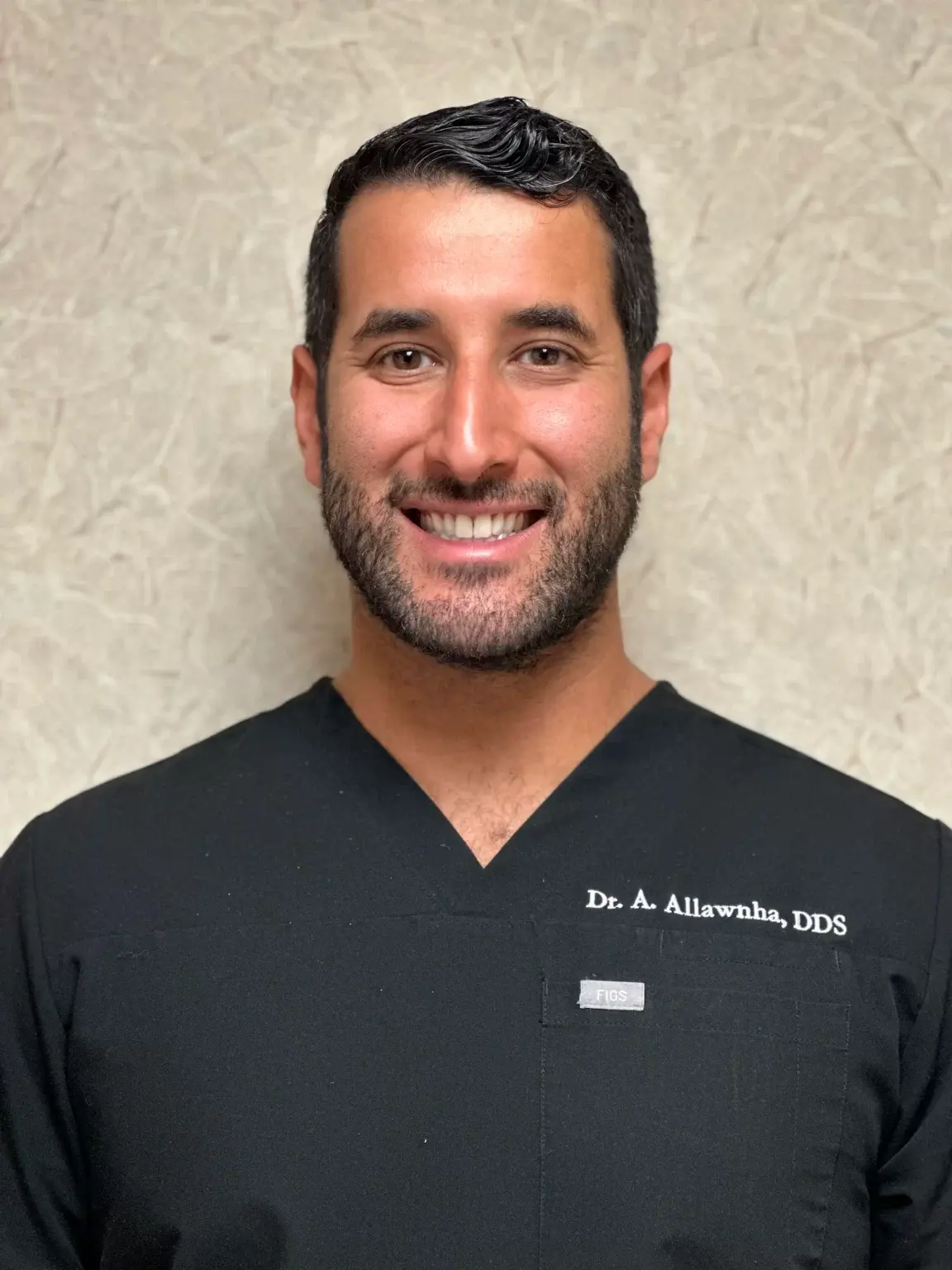A visual examination is often the first thing dentists do to determine the cause of your dental problems. However, a visual exam doesn’t always provide all the information they need. This is where X-rays are a great help. They help dentists see potential decay and diseases that are not visible to the naked eye.
What are Dental X-rays, And Why Do We Need Them?
X-rays are a type of electromagnetic wave that can pass through solid objects. Dense objects like bones and teeth absorb them, showing up as light areas. Cheeks and gums are less denser, which allows X-rays to pass through, appearing as dark areas on an X-ray film. Dentists use dental radiology to:
- Show areas of decay, particularly between teeth that are not visible during an oral exam
- Pinpoint decay beneath an existing filling
- Show bone loss linked to gum disease
- Show changes in bone and root canal caused by infections
- Assist with preparations for teeth implants, braces, dentures, and other dental procedures
- Show an abscess
Risks of Dental X-rays
Dental radiographs are safe for children and adults, even with radiation involved. It also helps if your dentist uses digital X-rays instead of films because it reduces radiation exposure.
You may have to wear a bib to cover your abdomen, chest, and pelvic area to protect your organs from unnecessary radiation. You might also have to wear a thyroid collar if you have thyroid problems.
However, pregnant patients or those who suspect they are pregnant should avoid all types of X-rays. Radiation is not safe for developing fetuses, so tell your dentist if you’re expecting.
Types of Dental X-rays
Dentists can take different radiographs, each recording a slightly different view of your mouth. There are two main categories of dental radiographs: intraoral and extraoral. Intraoral X-rays show different features of your teeth; the most common types are:
Bitewing
Bitewing X-rays reveal the upper and bottom teeth in one part of the mouth. It can show your tooth’s crown and the bone supporting it. These X-rays can detect decay between teeth and changes in bone thickness caused by gum diseases. They also help determine if a cap or other restorations like bridges properly covers a tooth. It can also show any decay or wear in dental fillings.
Occlusal
Occlusal X-rays show the development and placement of a complete arch of teeth in the upper or lower jaw.
Periapical
Periapical X-rays show every tooth from the crown to the point where it attaches to the jaw. They also detect any unusual changes in the root or surrounding bone structures. Each periapical image shows all teeth within a single portion of the upper or lower jaw.
Meanwhile, extraoral X-rays allow dentists to detect problems in the skull and jaw. The different types of extraoral radiographs include:
Panoramic
Panoramic X-rays show all of your teeth in the upper and lower jaws in one X-ray. They can detect the position of fully emerging, emergent, and impacted teeth. They also help diagnose tumors.
Tomograms
Tomograms show one layer or “slice” of the mouth and blur out the other layers. Dentists use this X-ray to examine structures that are hard to see due to obstructions from nearby structures.
Cephalometric Projections
Cephalometric Projections show the entire head, allowing dentists to examine an individual’s jaw and profile to see how the teeth fit together. Orthodontists use this to determine the best approach for each patient’s teeth realignment.
Sialogram
Sialograms involve the use of a dye injected into the salivary glands so they will show up on the X-ray film. Salivary glands are not often seen on X-rays because they are soft tissues that don’t absorb X-rays. Your dentist may order a sialogram to check for problems with salivary glands, like blockage or Sjogren’s Syndrome, which causes dry mouth and tooth decay.
Cone Beam Computed Tomography
Cone beam computed tomography creates 3D images of dental structures, soft tissues, and bones. Dentists use them to guide implant placement and to evaluate cysts and tumors in the mouth and face. It can also detect problems in the gums, roots, and jaws. They may seem similar to regular dental CT, but the way they are taken is different. Cone beam CT machines rotate around the patient’s head and capture all data in one rotation. Meanwhile, regular dental CT scans collect flat slices since the machine rotates around a patient’s head several times, exposing patients to higher radiation levels.
Dental Computed Tomography
Dental computed tomography is an imaging method that examines interior structures in three dimensions. Dentists can use this to detect bone problems like tumors, cysts, and fractures.
Digital Imaging
Digital imaging sends images directly to a computer where you can view, save, and print them out in just a few seconds. Digital imaging offers more benefits than traditional X-rays, and they can enhance and magnify images, allowing your dentist to see even the smallest changes in your tooth. They also use less radiation than traditional X-rays.
Digital imaging allows dentists to send it to another dentist or specialist for a second opinion or your new dentist.
Magnetic Resonance Imaging (MRI)
MRI takes a 3D view of the inside of your mouth, including your jaws. They are best suited for soft tissue evaluation.
How Often Should You Get Dental X-rays
How often you get dental radiographs depends on your current medical and dental condition. Some people need X-rays every six months, while others who have not had any recent gum or dental disease and visit their dentist regularly may only need X-rays every few years. Your dentist might take X-rays to assess your conditions and establish a baseline record that they can use to compare any changes over time. You may also check dental radiograph guidelines for dental x-ray frequency recommendations.
Dental X-rays costs may range from $25 to $750, depending on your location, the type of dental X-rays you need, and how many teeth will need an X-ray. Your dentist can help you choose which one will suit you best.
Is It Safe?
According to dental x-ray radiation charts, radiation doses used in dental radiographs are minimal, especially when your dentist uses digital X-rays. Modern dentistry has reduced X-ray risks through various methods. However, the effects of radiation can add up over time, even with all the safety improvements.
Talk to your dentist if you have any concerns about radiation exposure. While some people may need X-rays more often, the current guidelines state that X-rays should only be taken when necessary for medical diagnosis.
Key Takeaway
Dental X-rays are essential to oral health, allowing dentists to see what they can’t see with their naked eyes. It also helps them track the changes happening to your teeth, gums, and jaw and reveals hidden problems like decay between teeth. However, they may also have risks, especially if you take them too often.
Keep your teeth and gums healthy with Century Dental.
Aside from dental radiographs, our dentist near South Pasadena also provides preventive dentistry procedures that help keep your gums and teeth healthy. Contact us and begin your journey to oral health wellness today.





